
Almond flour and almond meal have a good role in baking recipes. Both ingredients are not only gluten free but also high in protein. Almond meal is also one of the parts to make almond paste. Baked goods get that rich nutty taste with almond meal, and many recipes that require breading may benefit from almond flour as a substitute. Luckily, making almond flour or meal is quite fast and very easy.

ALMOND FLOUR NUTRITION
1. Protein Powerhouse: Almond flour is high in protein (1 serving has 6 grams of protein compared to 5.5 grams in one egg) and low in carbohydrates and sugar. This makes it an attractive option for customers on paleo or low-carb diets.
2. Heart-Healthy: 64% of the fats found in almonds are monounsaturated fats and according to the American Heart Association, these fats help lower harmful cholesterol as effectively as expensive pharmaceutical drugs in addition to lowering the risk of heart disease.
3. Protective Antioxidants: One ounce of almonds has 35% of your daily recommended value of vitamin E, a powerful antioxidant. According to The Journal of the American Association (2002), the high vitamin E content of almonds has been linked to protecting against Alzheimer’s disease.
4. Nutty Health Benefits: Along with being a rich source of protein, monounsaturated fats, and antioxidants, the flour also contains high amounts of calcium, iron, and dietary fiber, nutrients that people with gluten-free diets sometimes lack.
Our almond flour is made from blanched almonds, which means that the almonds go through a process where steam is injected into the water and the almonds are soaked for 2 minutes to soften the skins. The almonds are then passed onto rollers to remove the loosened skins. Finally, the almonds are finely ground to an even consistency that is ideal for baking and cooking. There are no additional ingredients added to the flour; it is simply made from almonds.









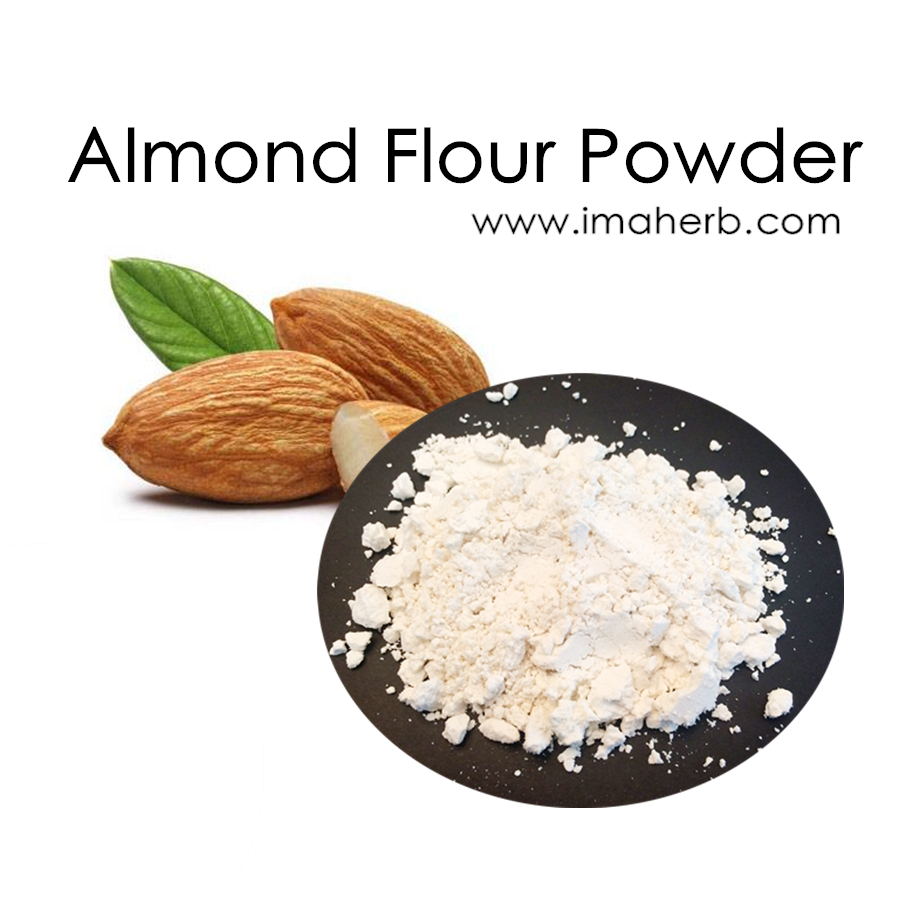
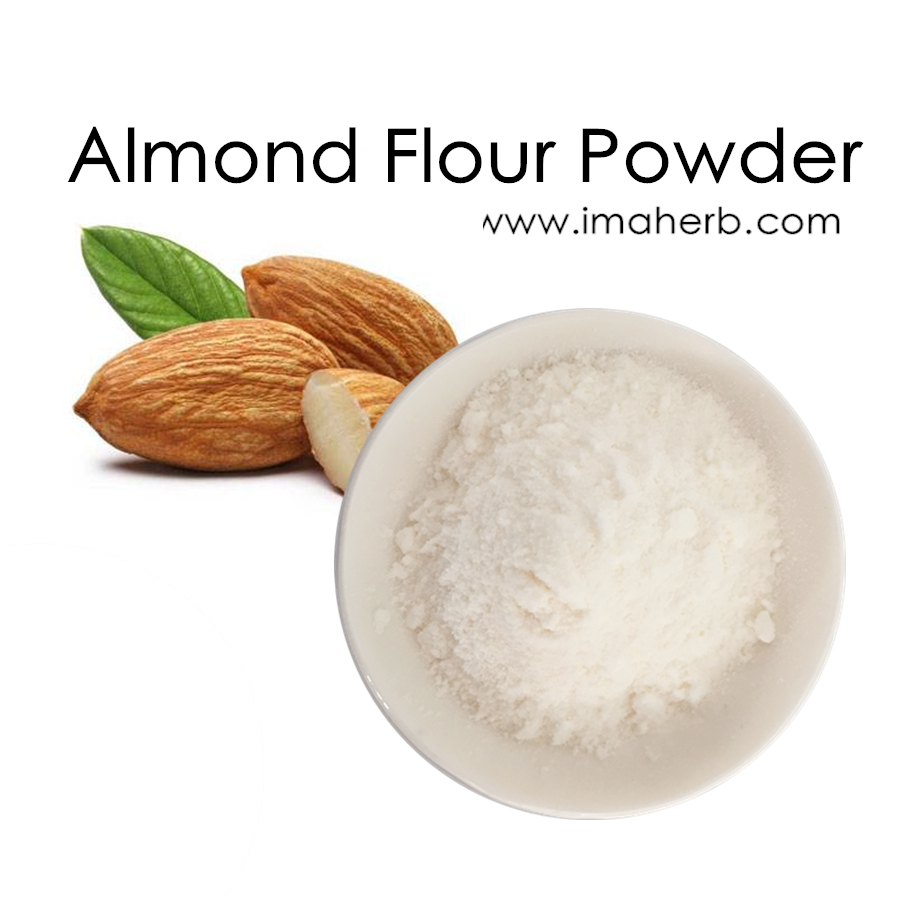





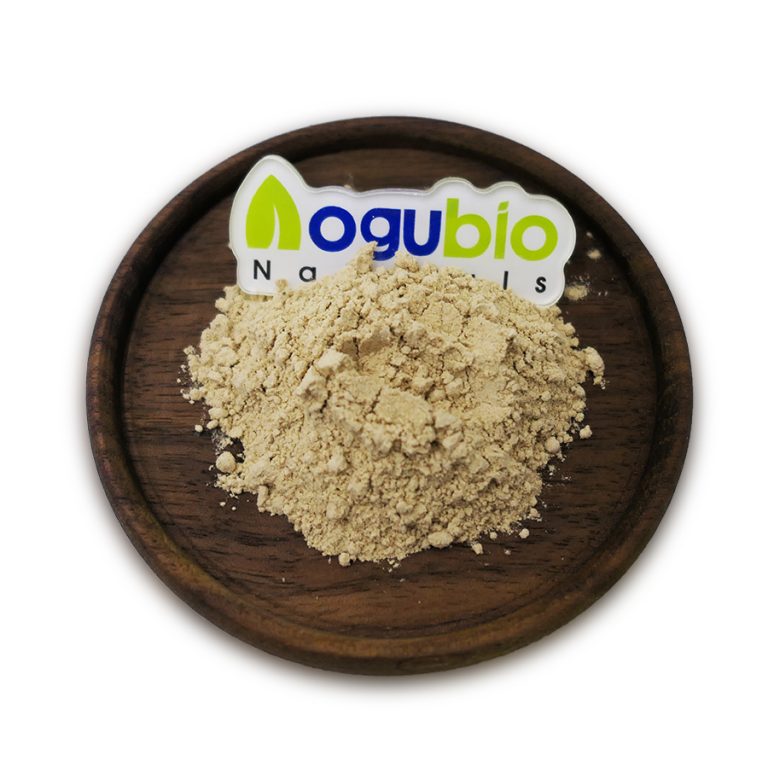
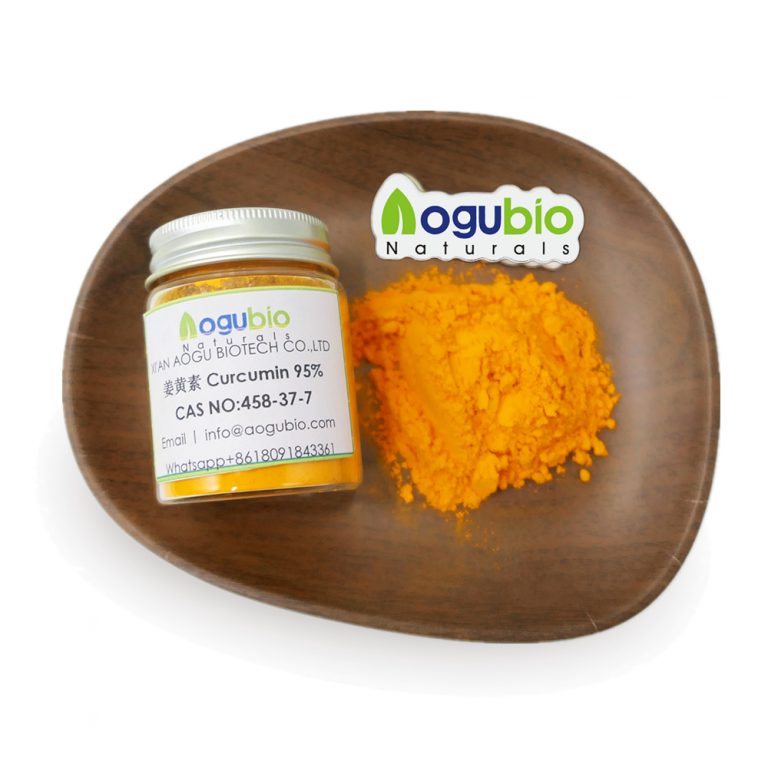
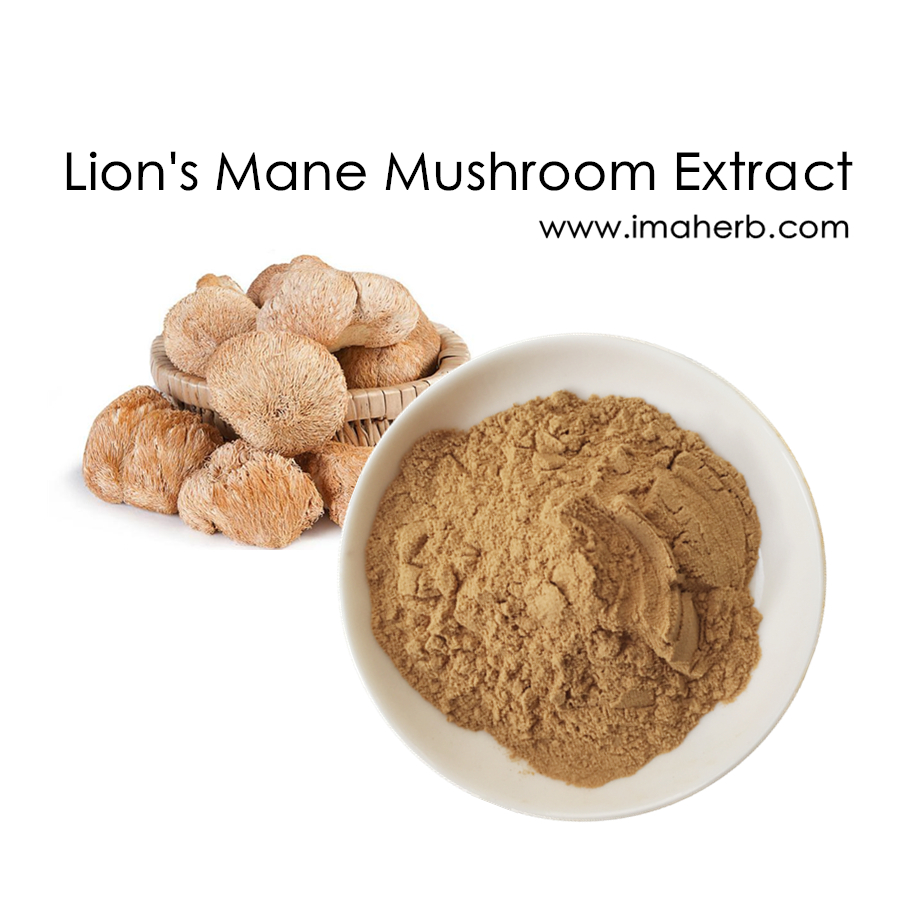
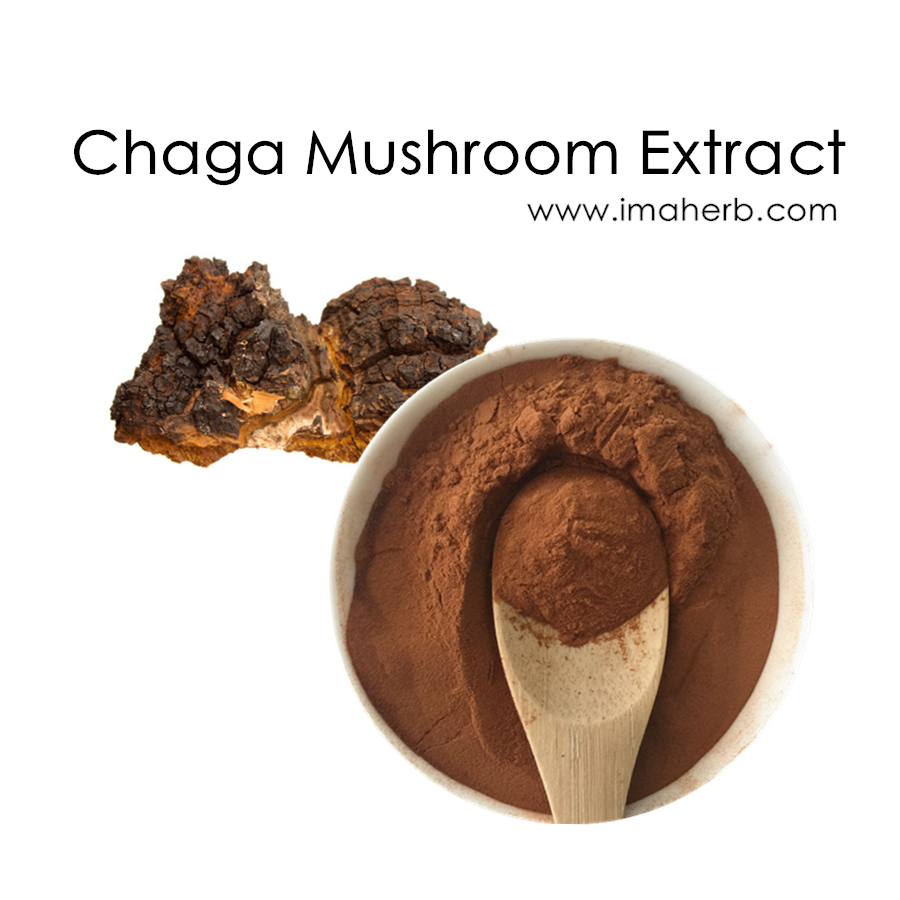
 skype
skype Sales Manager
Sales Manager Rebekah
Rebekah Rachel
Rachel Miranda
Miranda Camilla
Camilla
 Sales Manager
Sales Manager